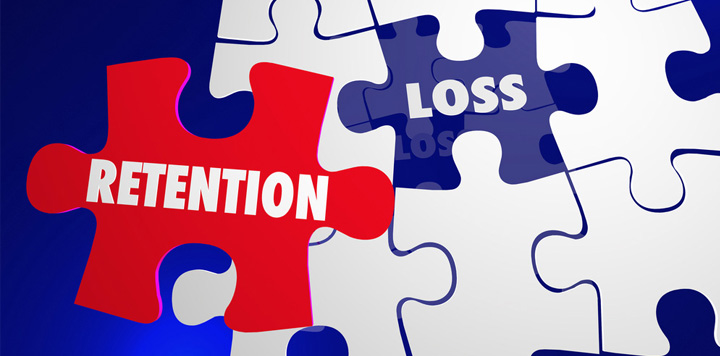Analyzing Customer Loss to Drive Change in Your Company

Now that you’ve managed to develop a consistent way to measure your customer churn, the next step in customer success management is to analyze your losses in depth.
Customer loss is hugely damaging to your company in a number of different ways, from financial performance to employee morale and, ultimately, the reputation of your business. If your organization is losing customers and you do not fully understand what is causing this loss, you will struggle to reverse that tide.
Implementing a customer loss review process is essential, as this well help you identify why customers take their business elsewhere, what types of customers may be likely to discontinue doing business with you, and what issues you should focus on to prevent additional losses.
Finding the trends in your customer losses
 We have a strict “post-mortem” process for every customer we lose, which looks at the primary and secondary reasons why the customer decided to move on and where they went. All this information is then transferred to a spreadsheet, which allows us to start analyzing why customers are leaving and look for trends or commonalities.
We have a strict “post-mortem” process for every customer we lose, which looks at the primary and secondary reasons why the customer decided to move on and where they went. All this information is then transferred to a spreadsheet, which allows us to start analyzing why customers are leaving and look for trends or commonalities.
This becomes hugely valuable information to feed into the rest of the organization; for example, if we uncover that we’re losing customers to one particular competitor for a specific reason (say a failure in our customer service) it gives us something to focus on and repair. Hopefully, it allows us to go on to change the behavior of our customers.
It’s also important to combine this loss analysis with customer segmentation, to enable you to see if customers from different sectors are behaving in a different way, or whether you are failing with larger or smaller customers.
The need for customer segmentation
 Best-of-breed companies develop clear customer segments and individual strategies on how to manage them. By segmenting your customers, you can look at whether you provide the same level of service for every customer in a sector and answer whether you should be doing this.
Best-of-breed companies develop clear customer segments and individual strategies on how to manage them. By segmenting your customers, you can look at whether you provide the same level of service for every customer in a sector and answer whether you should be doing this.
You also need to ask yourself whether you can afford to give the same level of attention to your smaller customers as you do to the larger ones. A classic example illustrating where this comes into play is the process of migrating traditional break/fix customers over to a managed service model.
You may get 90% of your customers over to the new model, but what do you do with the remaining 10%? Do you want to let them go? Do you care about them differently than you do your regular monthly return customers? By segmenting your customer base out and looking at their behavior, you can start to answer these questions with insights, such as understanding you have a higher propensity to keep customers or upsell in certain sectors and more chance of seeing customers move on for reasons out of your control in other sectors. Remember, sometimes churn can be a good thing if your returns are far less with some customers.
By combining loss analysis with segmentation, you are enabling your company to have far deeper insights into the behavior of its customers. If you’re a small shop, you may be able to rely on gut reaction to understand how your customers are behaving and why, but as your company grows, this becomes more and more unlikely. Formalizing this process gives you the ability to make informed decisions.
One thing to bear in mind with this blog is that everything discussed so far is reactive—we’re measuring and then doing something about what we discover. This is why we need to add a further, more proactive level to what we do: measuring the health of our relationships with our customers. By doing this, we can get ahead of churn before it occurs and put a mechanism in place to maintain healthy relationships. What we use to accomplish this is the Net Promoter Score (NPS), and we will look at that in detail in our next blog.
Kevin Kirkpatrick is senior director, customer success, SolarWinds MSP.
© 2018 SolarWinds MSP UK Ltd. All rights reserved.
Want to stay up to date?
Get the latest MSP tips, tricks, and ideas sent to your inbox each week.
